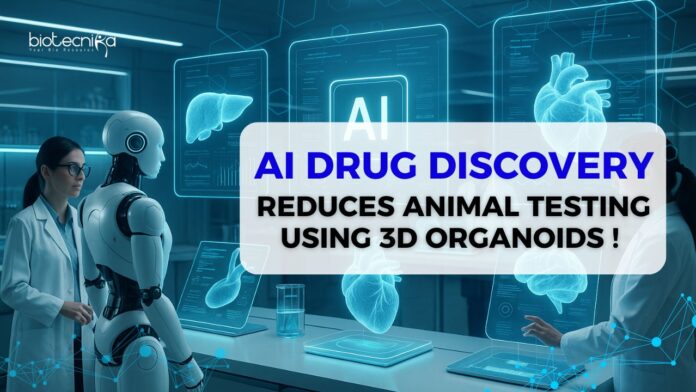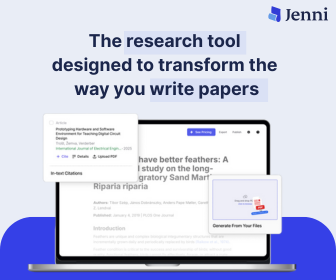AI-Assisted Drug Discovery Speeds Up as FDA Hurries to Cut Back Animal Testing
One of the major shifts in pharma research is the increased use of artificial intelligence (AI) by drugmakers to speed up safety testing and discovery. This is directly linked to the efforts of the U.S. Food and Drug Administration (FDA) in recent times to minimize the use of animal testing.
Faster, Cheaper Pathways
Industry experts estimate that within the next three to five years, combining AI with advanced in vitro and computational models could reduce drug development expense and timelines by a minimum of half.
AI is being applied by companies such as Certara, Schrodinger, and Recursion Pharmaceuticals to simulate the possible absorption, distribution, and toxicities of new drug compounds—activities that were previously done through animal testing.
Significantly, Recursion only spent 18 months to advance one of its cancer drug candidates from the idea stage to clinical trials, much quicker than the 42-month industry average.
FDA’s Strategic Pivot
The regulatory momentum favors the change. Testing with animals will no longer be the norm, particularly for monoclonal antibody drugs, under a vision outlined by the FDA in April that sees AI, computer models, and human-cell-based systems as the new standard.
Companies already have to perform animal studies for preclinical toxicity and safety under existing regulations. Such studies, which last from one to six months, often involve tens to hundreds of non-human primates, which is a time-consuming and expensive process.
Experts anticipate a “hybrid” system in the not-so-distant future, in which AI-driven, human-relevant systems augment traditional animal models and increasingly reduce dependency on them, in view of the novel regulatory direction.
3D Models and New Approach Methodologies (NAMs)
3D in vitro organ models and organ-on-a-chip systems are just two of the “new approach methodologies” (NAMs) gaining attention. Liver microtissues (3D lab-grown liver models, for example) are being screened by InSphero for safety and efficacy testing, for example.
In comparison with animal tests, these NAMs employ artificial intelligence (AI), computational modeling, and actual human-cell models to better mimic human physiology and make potentially more accurate predictions of a drug’s performance in humans.
Challenges Ahead
Despite this, experts caution that it is questionable whether animal testing would ever be entirely eliminated in the near future. Animal studies are still needed for safety validation under some regulatory standards, especially for monoclonal antibodies. Though AI and NAMs will cut the use of animals, they will not do away with them entirely, says Brendan Smith, a TD Cowen analyst. In addition, uncertainty looms on whether human-cell models and computer simulations can fully mimic the complex biological responses seen in whole organisms. The transition will likely be gradual and require firm regulatory sanction and verification.
The Road Ahead
The pharma industry can change if AI becomes a central element in drug development processes, ensuring higher efficiency, lower costs, and fewer animal experiments. By accelerating preclinical testing and decreasing dependency on animal studies, AI drug discovery is revolutionizing the pharmaceutical sector. Companies can reduce development costs, expedite the release of therapies, and mimic human responses through AI drug discovery.
Experiments on animals could increasingly be the exception rather than the norm if FDA’s strategy is put into action. However, drugmakers are already testing, verifying, and walking a hybrid route between old and new approaches.























